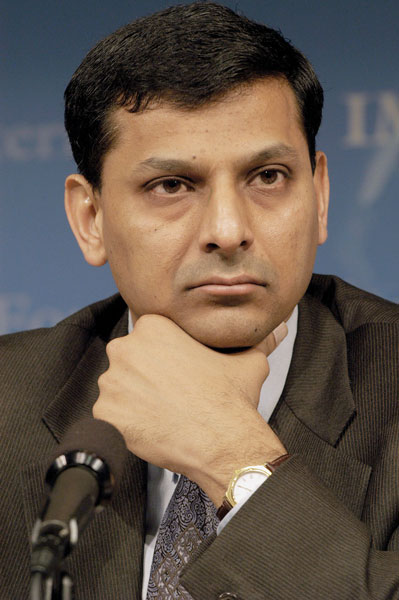There used to be a time when very few people knew who the governor of the Reserve Bank of India (RBI) was. But ever since Dr Raghuram Rajan, a world famous economist, took over as governor, most literate persons — and even those who watch only TV — will be able tell you who he is. Dr Rajan has become a household word, all thanks to an institution about which only the finance ministry, the IMF, Dalal Street and economists had heard. But slowly, over the last 25 years, that has changed.

The economic liberalisation of 1991 allowed India’s stock market a greater role in India’s industrial development by letting it finance companies which needed money. Since then the RBI has gradually become a key — some would say the most important — player in India’s financial markets. After all, it sets the price of money by taking steps that influence the rate of interest. The EMI you pay for your TV, washing machine or smart phone, is determined by the RBI which decides what the price of money should be.
The EMI you pay for your TV, washing machine or smart phone, is determined by the RBI which decides what the price of money should be.
That’s not all. The RBI also finances the government, not to mention the banks, when they run into trouble. It lends money to the government when the government’s revenue falls short of its expenditure. And it lends money to the banks whenever they need it. These two actions, taken together determine the price of the money in the country.
Inflation
The RBI also determines the price level and the rate at which it is increasing, that is, inflation. By altering the price of money, the RBI can raise or increase the demand for bank loans and this influences the level of overall demand in the country. This, in turn, has a strong effect on the price level and inflation.

As if this is not enough, the RBI also decides the exchange rate of the rupee. When the demand for foreign exchange exceeds what the market can supply, it is the RBI which supplies the necessary amount from its hoard. And when the supply of foreign exchange exceeds the demand for it, it is the RBI which buys up the dollars and hoards them. In this way it is able to decide what the exchange rate will be. In other words, it is one of the most important institutions in the country.
Naturally, the person who heads it also becomes very important, not least because of the way things are structured in the RBI. The governor is virtually a dictator there. He sits on the 19th floor in a massive office in Mumbai all by himself. And, with the help of inputs from those working on the floors above and below his floor, he takes decisions that affect the lives of everyone — people, firms and governments. No one is left untouched.
Power not absolute
This, however, is not absolute power. The message as to who the real boss is has been clear. It is the government. The government tolerates an RBI governor, and can, if it so decides, remove him mid-term by asking him to resign. No governor has been dismissed so far because even though the government has the final authority over the governor, it has to be careful because of the impact that a dismissal can have on the financial sector. In that sense, this relationship is between a small Goliath and a big David.
Governors who recognise the limits of their power do well; those who don’t, are soon brought to heel.
The irony is that although the governor is appointed by the government, very soon many governors start defying it. This has been so ever since the first governor was appointed in 1935. He was removed by the government within two years because he would not do as the government bade him. Twenty years later, another governor had a serious quarrel with the finance minister and he too resigned because Nehru would not support him. Then in 1977, another one was asked to resign; and again another one in 1990.
Governors who recognise the limits of their power do well. Governors who don’t, are soon brought to heel. In recent years they have tended to trade their independence for a second term which is usually of two years, following the original one of three years. Since 1992 therefore, every governor has had five years at the job. There was no reason to believe that Dr Rajan should have been an exception.
Many Indians, particularly the uncrowned emperors of the country, the media, had all come out in Dr Rajan’s support. But for some reason, Dr Rajan was the exception. We will know why when he writes his memoirs.





